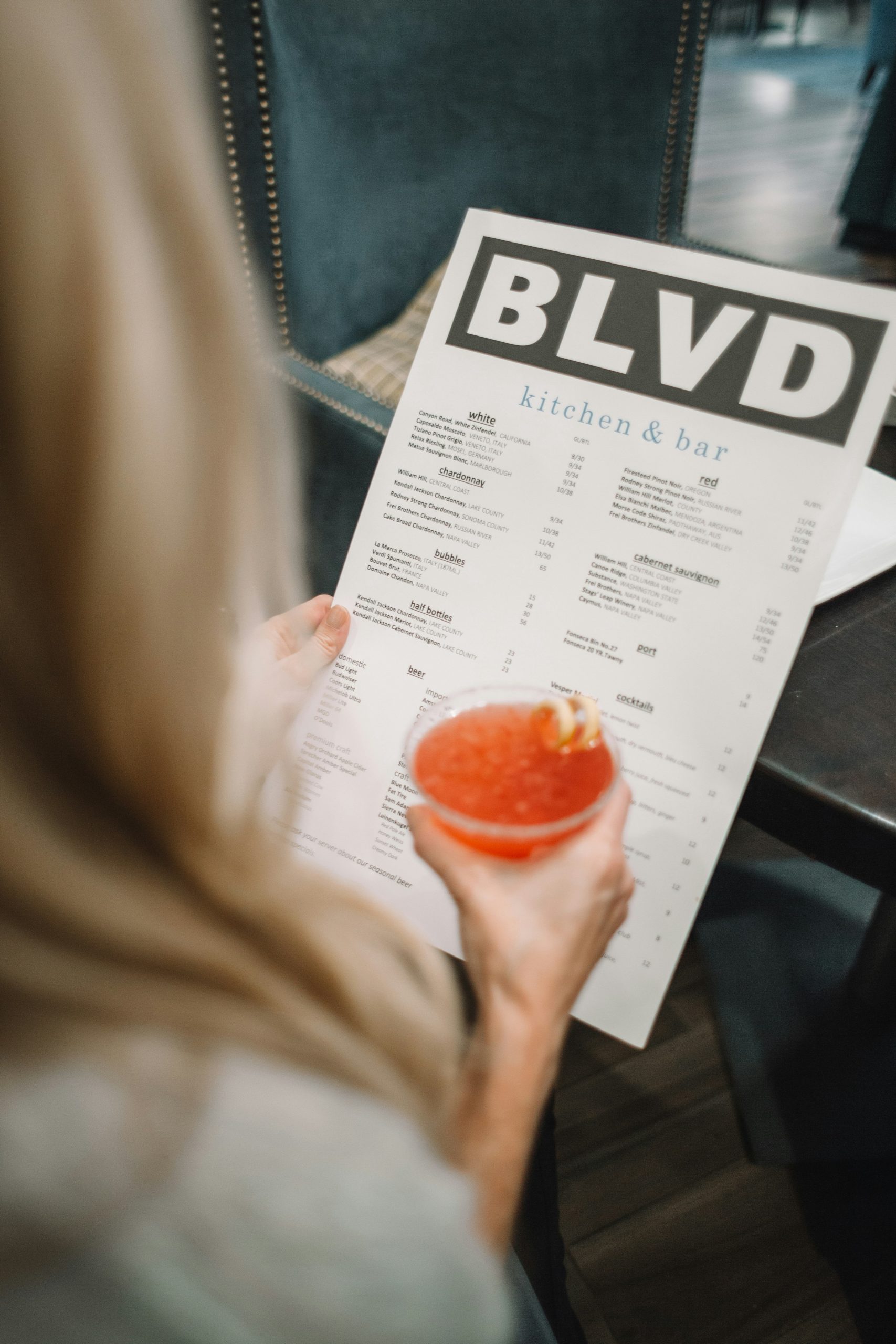
10 Steps to Create a Mouthwatering Food and Drink Menu
Creating a mouthwatering food and drink menu is essential for any restaurant or establishment in the food industry. A well-designed menu not only showcases the delicious offerings but also entices customers and enhances their dining experience. In this blog post, we will explore some key steps and considerations to help you create a menu that leaves your customers craving for more.
1. Understand Your Target Audience
Before diving into the menu creation process, it is crucial to understand your target audience. Consider factors such as demographics, preferences, and dietary restrictions. Are you targeting families, young professionals, or a specific cultural group? Understanding your audience will help you tailor your menu to their tastes and preferences.
2. Define Your Concept and Theme
A well-defined concept and theme will give your menu a cohesive and appealing look. Whether you are aiming for a casual, upscale, or themed restaurant, your menu should reflect the overall ambiance and style. For example, if you have an Italian restaurant, your menu design can incorporate Italian-inspired elements such as colors, fonts, and imagery.
3. Keep it Simple and Organized
Simplicity and organization are key when it comes to menu design. Avoid overwhelming your customers with too many options or cluttered layouts. Categorize your menu items into logical sections such as appetizers, main courses, desserts, and beverages. Use clear headings and subheadings to guide your customers through the menu.
4. Highlight Signature Dishes and Specials
Showcase your restaurant’s unique offerings by highlighting signature dishes and specials. Use eye-catching visuals and enticing descriptions to make these items stand out. Consider featuring customer favorites or chef’s recommendations to help customers make their choices.
5. Offer a Variety of Options
Provide a diverse range of options to cater to different tastes and dietary preferences. Include vegetarian, vegan, gluten-free, and dairy-free options to accommodate customers with specific dietary needs. Offering a variety of options will ensure that there is something for everyone on your menu.
6. Use Descriptive and Appetizing Language
When describing your menu items, use descriptive and appetizing language that evokes the senses. Instead of simply listing the ingredients, describe the flavors, textures, and aromas of each dish. Use words like “succulent,” “tender,” “crispy,” or “creamy” to make the dishes sound more enticing.
7. Consider Seasonal and Local Ingredients
Incorporating seasonal and locally sourced ingredients can add freshness and variety to your menu. Highlighting these ingredients not only supports local producers but also adds a unique touch to your offerings. Consider updating your menu periodically to reflect the availability of seasonal ingredients.
8. Balance Pricing and Profitability
When determining the pricing of your menu items, it is important to strike a balance between profitability and customer satisfaction. Conduct a thorough cost analysis to ensure that your prices cover expenses while remaining competitive in the market. Avoid pricing items too high or too low, as it can impact customer perception.
9. Design for Visual Appeal
The visual appeal of your menu plays a significant role in attracting customers. Use high-quality images that accurately represent your dishes. Invest in professional menu design or use online tools to create visually appealing layouts. Consider using colors that complement your restaurant’s branding and ambiance.
10. Seek Feedback and Make Adjustments
Once you have created your menu, seek feedback from customers, staff, and industry professionals. Pay attention to their suggestions and make necessary adjustments to improve the menu. Regularly evaluate the performance of your menu items and make changes based on popularity, profitability, and customer feedback.
Conclusion
A mouthwatering food and drink menu is a powerful tool to entice customers and enhance their dining experience. By understanding your target audience, defining your concept, and keeping your menu simple and organized, you can create a menu that leaves a lasting impression. Remember to highlight signature dishes, offer a variety of options, and use descriptive language to make your menu items irresistible. With careful planning and attention to detail, your menu will become a key factor in the success of your restaurant or food establishment.


